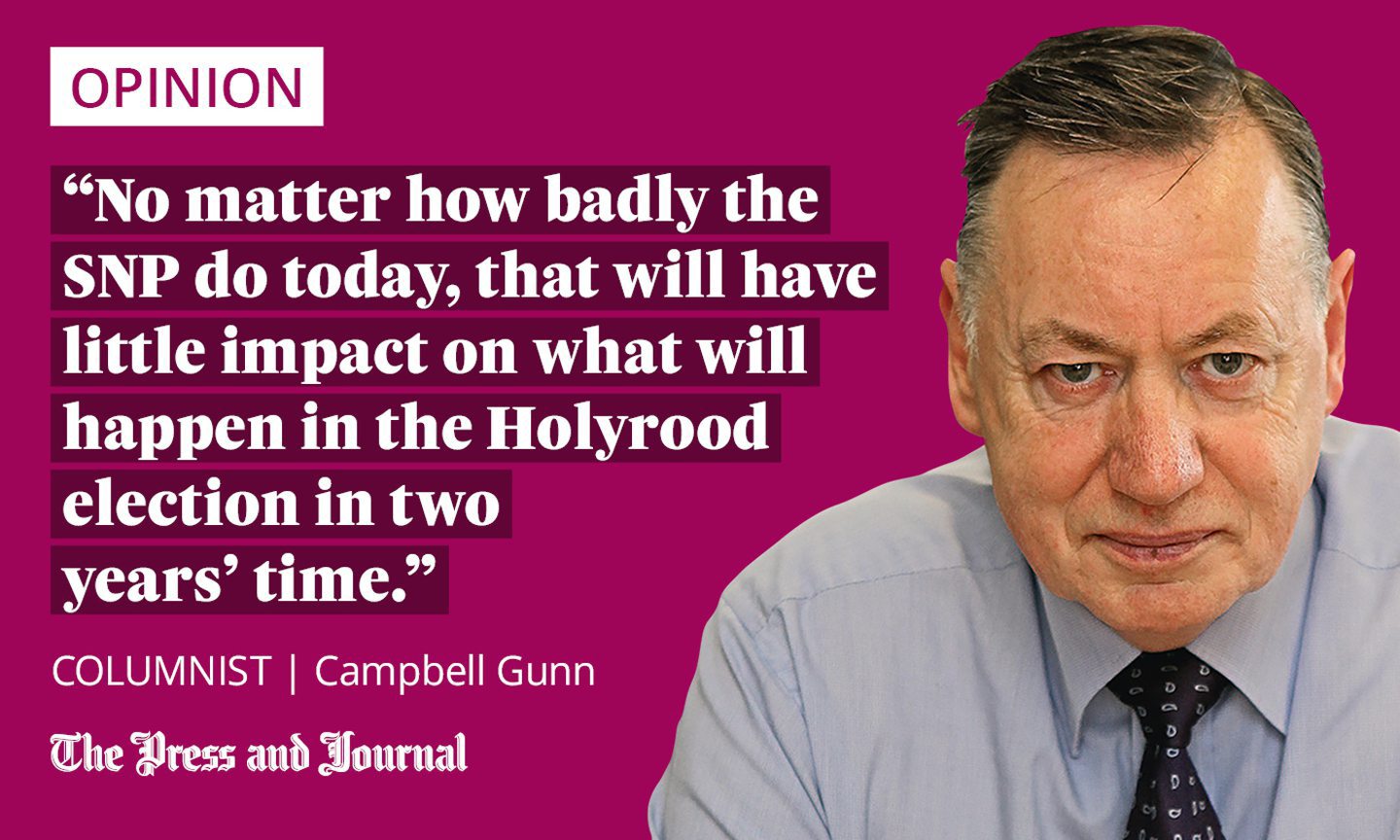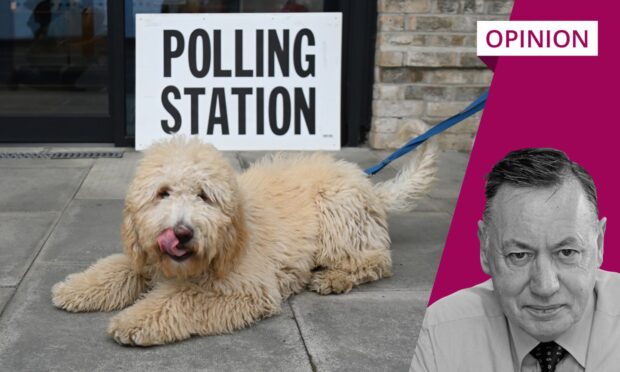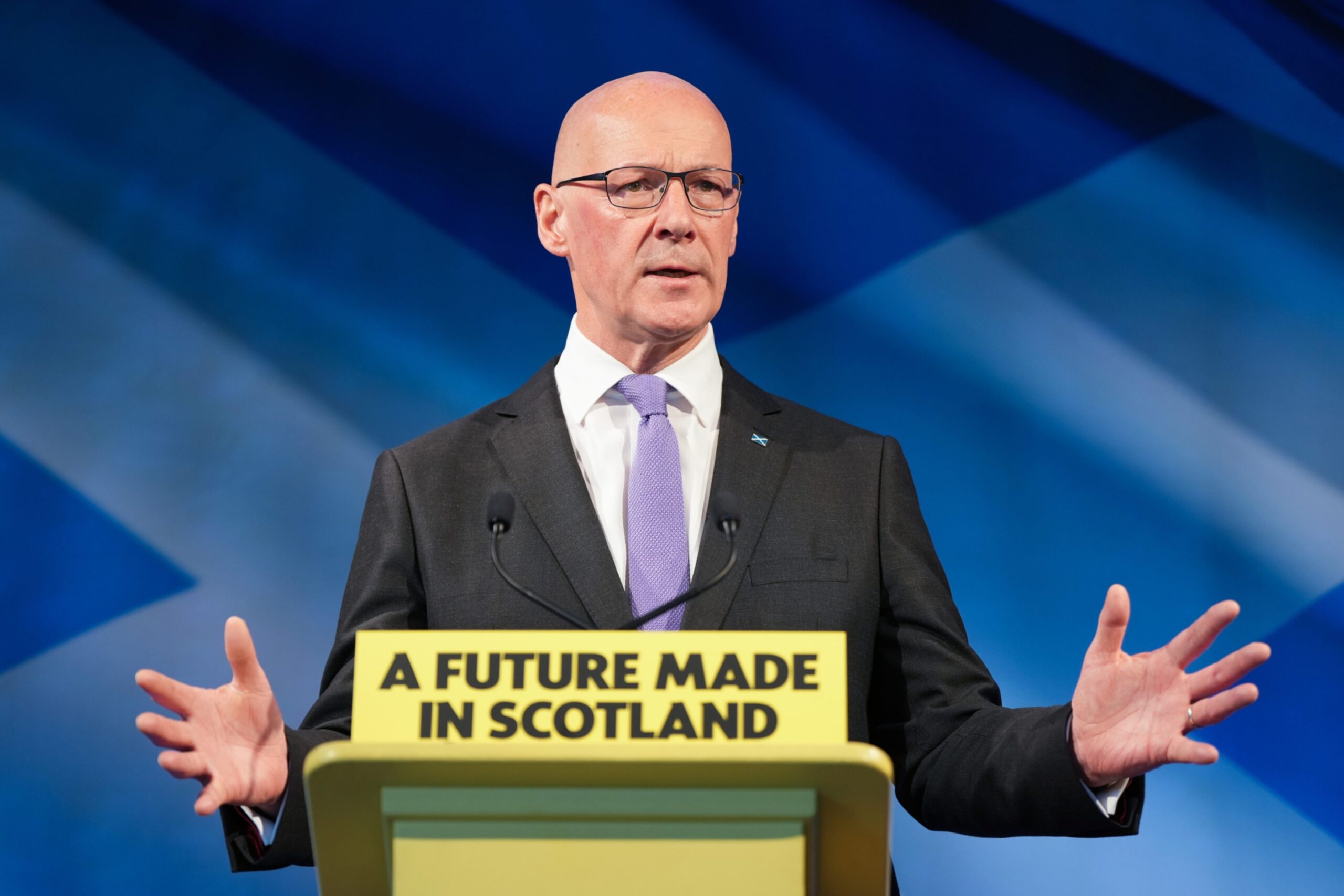Thursday is general election day. And, for the first time in many years, everyone knows who is going to win.
The polls are unanimous: Labour will win by a landslide.
However, that is a UK-wide view, because in England, for the majority of seats, it’s a straight fight between Labour and the Conservatives. And, again, for the majority of constituencies, there will be only one winner in that contest.
That is not the case in Scotland. Here, for the majority of seats, the choice is between Labour and the SNP, with the Conservatives and the Liberal Democrats only relevant in a handful of locations. And that is why UK polls and predictions must be treated with care north of the border.
But, of course, the UK-wide upsurge in support for Labour will affect Scotland, where the UK parties can claim that, as there can be only one prime minister tomorrow – either Keir Starmer or Rishi Sunak – the SNP is an irrelevance. That will inevitably polarise the vote, and help Labour.
But we have to remember that, while the SNP is not as popular as it was a few years ago, it is nowhere near the levels of unpopularity of the Conservatives in the rest of the United Kingdom. And the polls which have concentrated on Scotland reflect this.
While in the UK the average of polls puts Labour on 40% (double the Conservatives’ projected vote of 20%), in Scotland the gap is much closer. One poll has Labour on 35%, to the SNP’s 29%, while another has the figure 35-31. One even has the SNP slightly ahead.

This is a Westminster election, where first-past-the-post is the winner, unlike the proportional – and much fairer – system at Holyrood. So, even a marginal win in the popular vote, most likely for Labour, will mean a disproportionate number of seats won. And that’s where the real uncertainty about predicting Thursday’s outcome comes in.
A low turnout is said to help both the Conservatives and the SNP, whose voters are believed to be more committed and more likely to turn out to vote. The intervention of Reform UK, while the party is unlikely to come even close to winning any seats in Scotland, could hit the Conservative vote. This may well allow the SNP to take one or two marginal Tory seats, which it might otherwise have failed to win.
A damage-limitation exercise for the SNP
Most pundits expect Labour to sweep up the majority of constituencies in the Central Belt, with predictions that all the Glasgow seats, currently held by the Nationalists, could revert to Labour, along with most in neighbouring Lanarkshire, Renfrewshire, and Dunbartonshire. That, however, leaves aside the popularity of individual MPs in certain seats, and there is the possibility that the SNP could hold on in constituencies where the sitting member is long established and well-liked.
One recent seat prediction, based on an average of the polls, suggested that Labour could win 34 seats to the SNP’s 17. But of those seats, most given to Labour in that scenario, around 20 were marginal, and a swing of just a couple of points could easily close the gap.
For the SNP, the general election is a damage-limitation exercise. Currently, it has 43 MPs. If it can hold onto over 20, the party will consider it a success. After all, this is a UK general election and, nominally at least, a vote on how the government at Westminster, not Holyrood, has performed.
Indeed, no matter how badly the SNP do on Thursday, that will have little impact on what will happen in the Holyrood election in two years’ time. As some in the SNP have already pointed out, in 2010 the party won just six seats at Westminster, yet, a year later, won an overall majority of the seats at Holyrood.
Predicting the outcome of elections can be an uncertain business.
Campbell Gunn is a retired political editor who served as special adviser to two first ministers of Scotland, and a Munro compleatist


Conversation